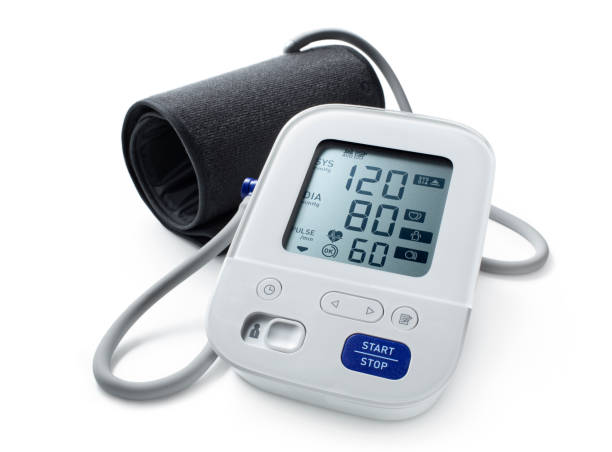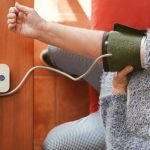The ONE organ responsible for high blood pressure.
What You Should Know About Blood Pressure Levels

Previously, blood pressure was considered borderline high at 140/90. (The systolic number is the top; the diastolic, the bottom.) Now, a measurement as low as 130/80 is considered stage 1 hypertension.
Some experts say that redefining hypertension offers significant benefits. "There is a lot of therapeutic inertia in medicine, which means that many doctors have shrugged their shoulders when patients come in with blood pressure readings of 135/85, rather than sitting down with them and advising them on their measurements," - says Luke Laffin, a preventive cardiologist at Cleveland Clinic. "When you flag that hypertension, both doctors and patients are more likely to pay attention to it and take appropriate action."
Here's what you should know about the best values for you and how to achieve them.
Learn your true numbers
The 5 blood pressure ranges specified in the 2017 guidelines are:
Normal: Upper (systolic) number less than 120 and lower (diastolic) number less than 80.
Elevated: An upper number between 120 and 129, and a lower number less than 80.
Stage 1: Top number between 130 and 139 or bottom number between 80 and 89.
Stage 2: Top number 140 or higher, or bottom number 90 or higher.
Hypertensive crisis: Upper number above 180 and/or lower number above 120.
It's important to know where you are on the hypertension spectrum, so it's prudent for your doctor to check your blood pressure at every office visit. However, if your doctor has not diagnosed hypertension, one high result does not necessarily mean you have it, says Rita Redberg, a cardiologist at the University of California San Francisco.
Some people experience "white coat hypertension," a level of blood pressure that is higher in a doctor's office than elsewhere.
A study published last year in the journal Hypertension indicates that the majority of US adults (nearly 93%) with high blood pressure should be screened for white coat hypertension.
A home blood pressure monitor allows you to check your blood pressure levels over several days to confirm or rule out hypertension. And if you're already taking medication for hypertension, daily monitoring at home can help you control it faster.
Understand your purpose
AHA/ACC guidelines and new measures say that most healthy people should aim for blood pressures below 120/80. But not all groups agree. "We are not convinced that there is enough evidence to push people 60 and older below 140/90," says Robert McLean, M.D., president of the American College of Physicians and medical director with the Northeast Medical Group of Yale New Haven Health.
In fact, for many people over 60, a little under 140/90 is fine, says Michael Hochman, M.D., M.P.H., director of the Gehr Family Center for Health Systems Science and Innovation at the Keck School of Medicine of USC. And for older adults who have multiple health problems, are frail, or are prone to falls, keeping it below 150/90 is also acceptable, he notes.
That's because, according to Hochman, side effects from the drugs - such as dizziness, which can increase the risk of falling - are more common with age.
In addition, "as we age, their systolic levels tend to increase, while their diastolic levels tend to decrease after age 55." - Laffin says.
Drug treatment can widen the gap between the two numbers, and studies have shown that a difference of 60 points or more raises cardiovascular risk. "So you can have someone whose blood pressure is 160/100, but the only way to get it below 130/80 [with drugs] is to drop the diastolic to 40 or 50," Laffin says. "That's not acceptable."
[cool_tag_cloud on_single_display="local"]









